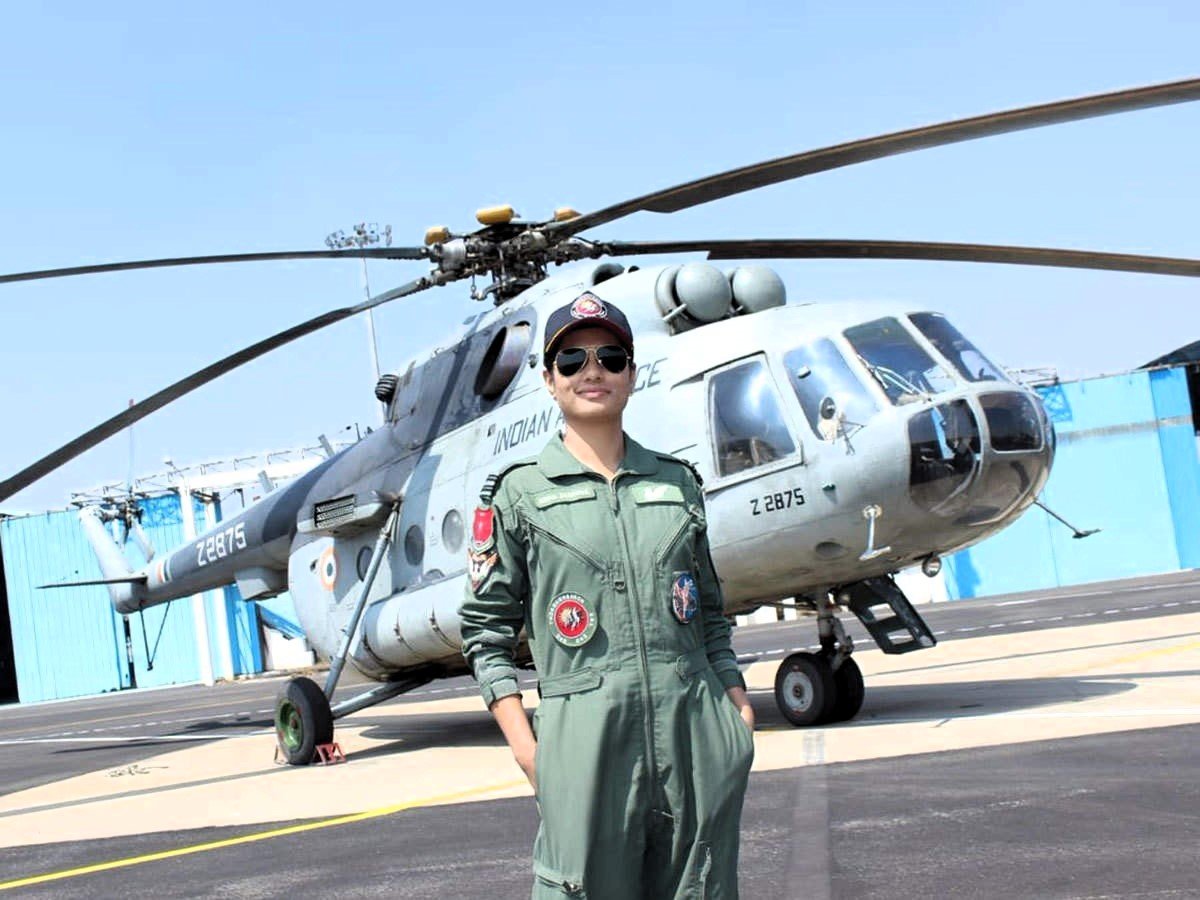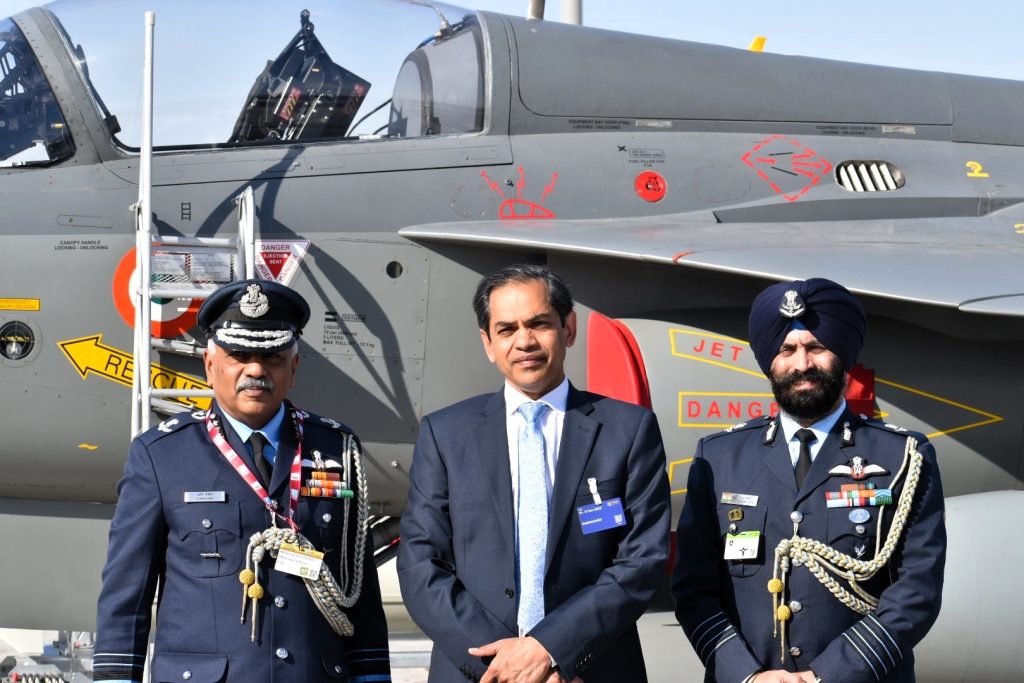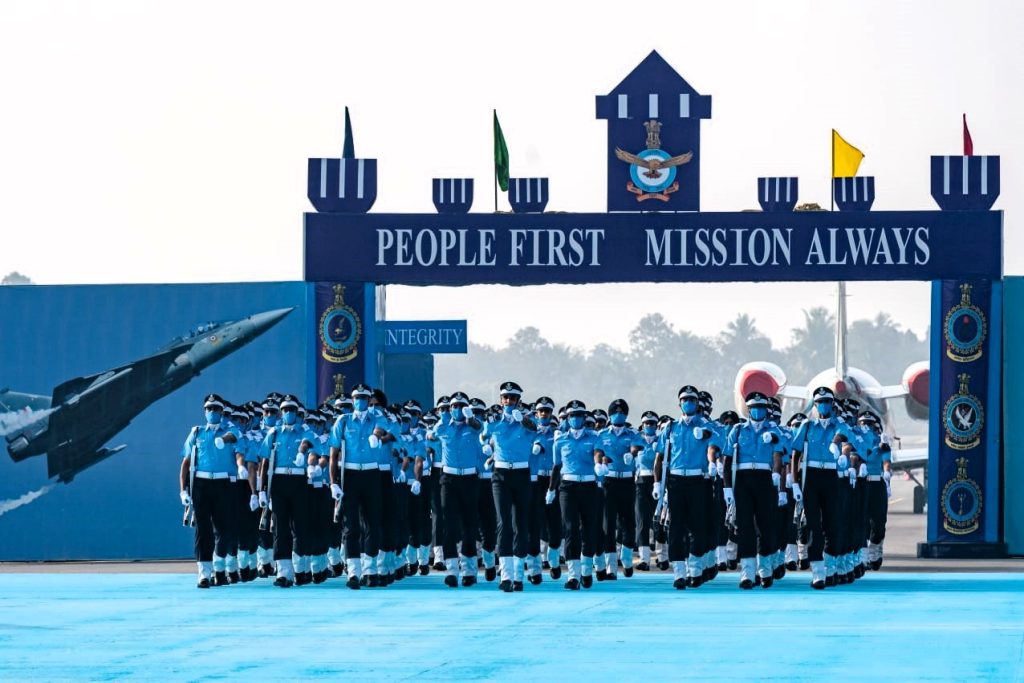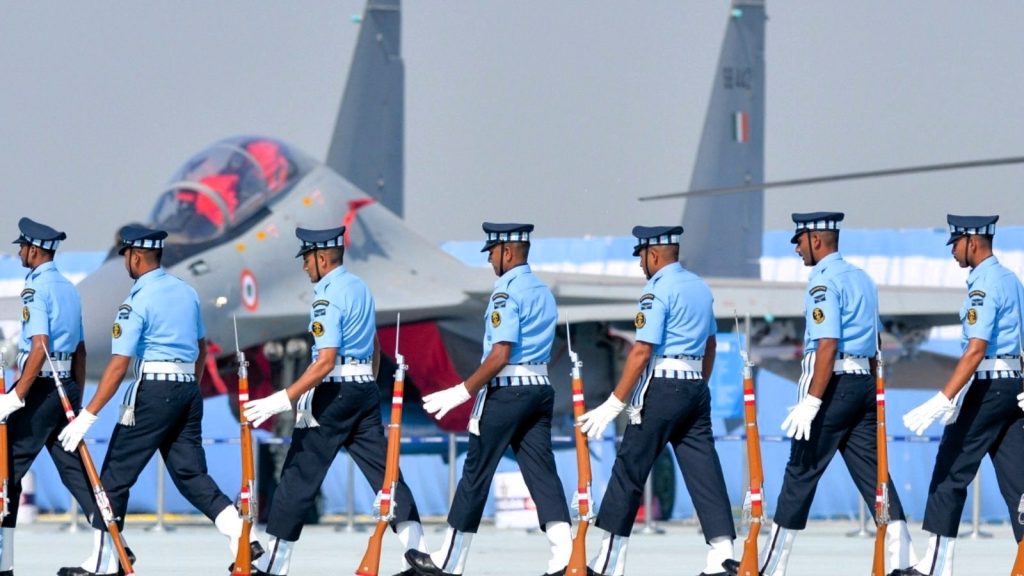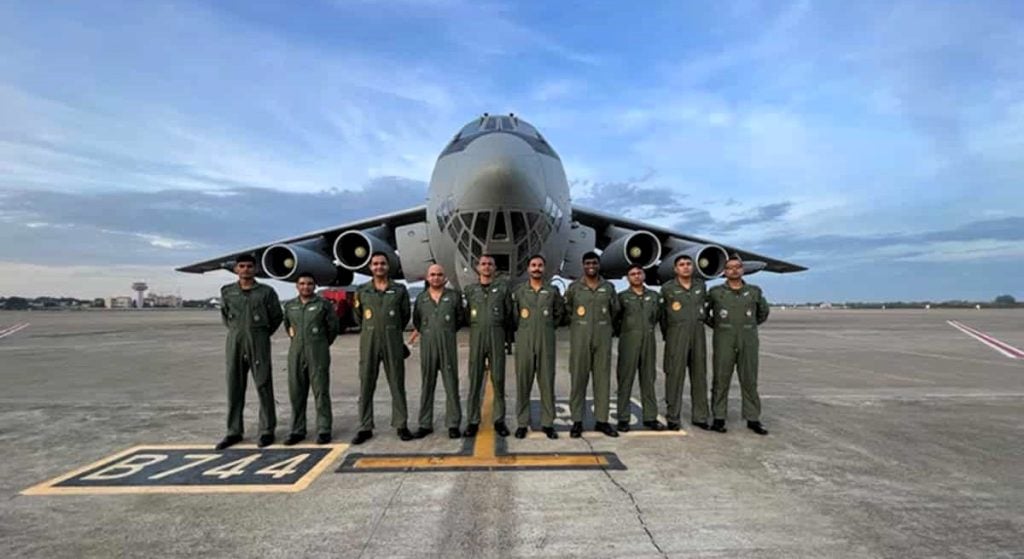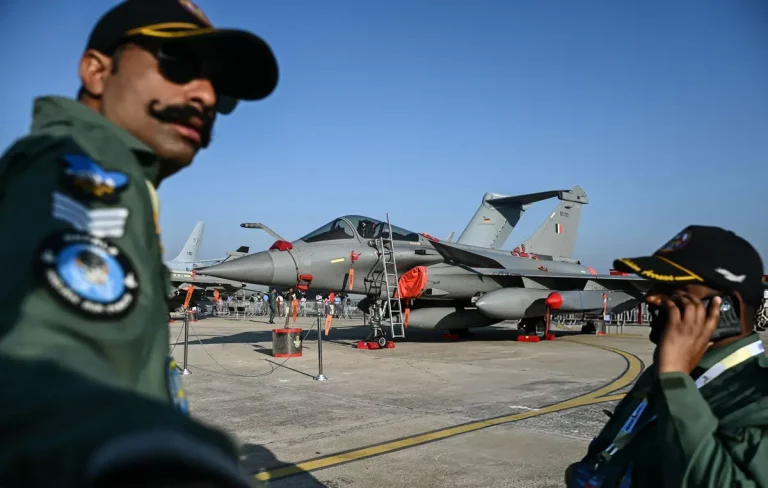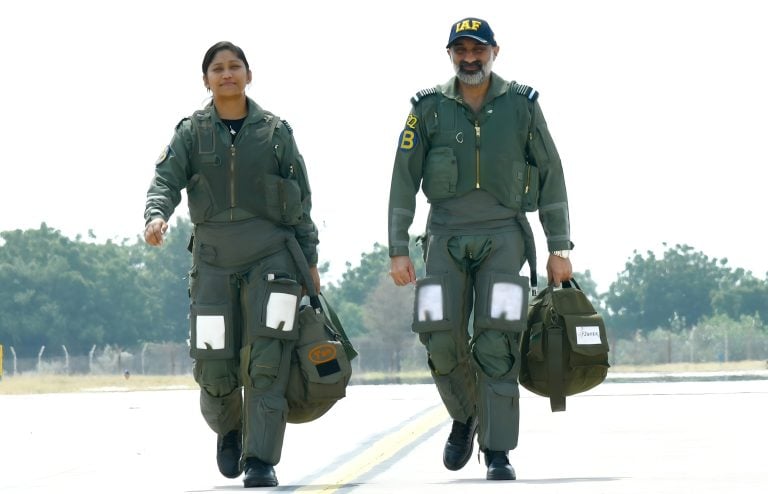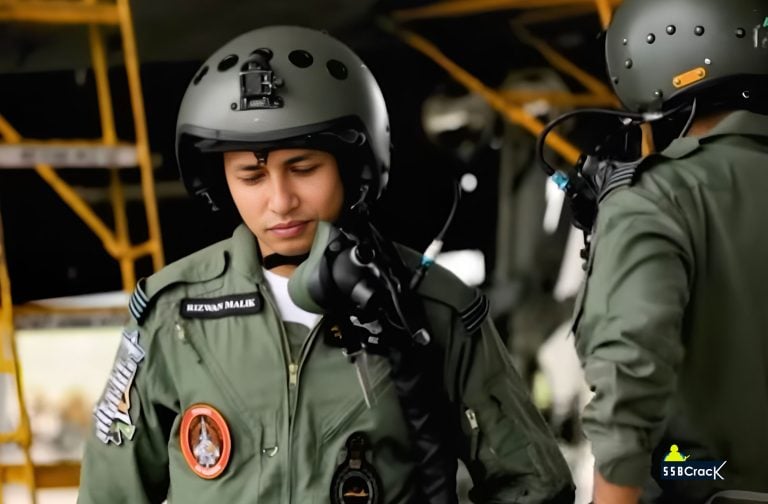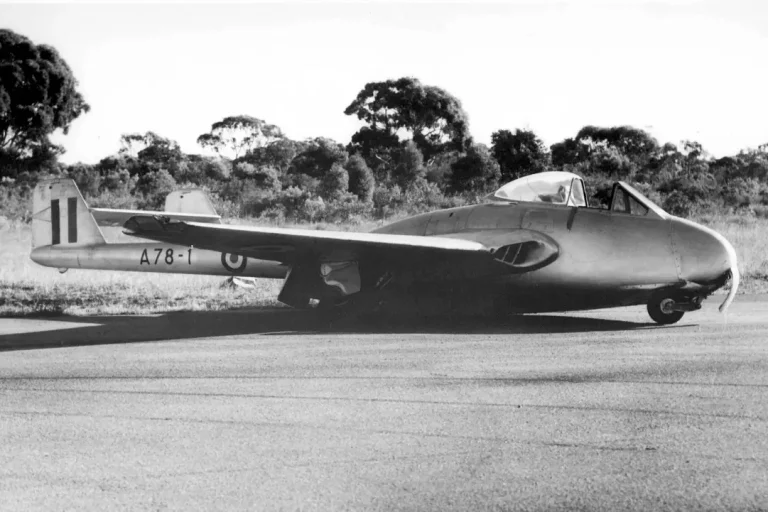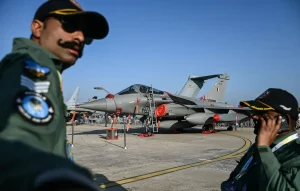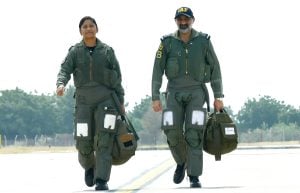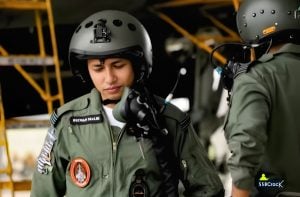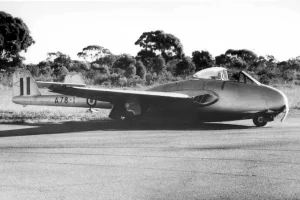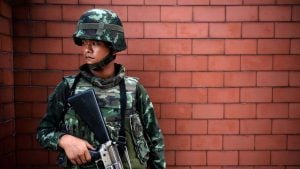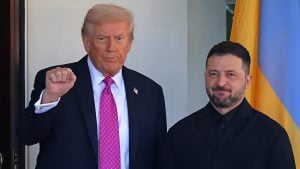The Indian Air Force (IAF) serves as the air arm of the Indian Armed Forces, with the primary responsibility of protecting Indian airspace and engaging in aerial warfare during conflicts. The organizational structure of the IAF is meticulously designed to ensure operational efficiency, strategic flexibility, and the ability to respond swiftly to any threat. This comprehensive overview delves into the various aspects of the IAF’s structure, highlighting its command hierarchy, key formations, and numerous units.
Organizational Structure of the Indian Air Force
The IAF is organized into several commands, each responsible for specific geographic areas or functional roles. The overall structure includes the Air Headquarters, operational commands, and various support units.
Air Headquarters
Air Headquarters, located at Vayu Bhawan, is the pinnacle of the IAF’s organizational structure. Here, the Chief of the Air Staff (CAS) and senior officers make strategic decisions that guide the force’s overall operations. The CAS is supported by the Vice Chief of the Air Staff (VCAS) and Deputy Chiefs of the Air Staff (DCAS), along with several Principal Staff Officers (PSOs) who oversee different branches such as operations, maintenance, administration, and training.
Operational Commands of the Indian Air Force
The IAF’s operational commands are geographically distributed across India, each tasked with overseeing operations within their respective areas. There are five primary operational commands:
| Command Name | Headquarters | Responsibility |
|---|---|---|
| Western Air Command | New Delhi | Northern and Western India |
| Eastern Air Command | Shillong | Eastern India |
| Central Air Command | Prayagraj | Central India |
| Southern Air Command | Thiruvananthapuram | Southern India |
| South Western Air Command | Gandhinagar | Western and Southwestern India |
Functional Commands of the Indian Air Force
In addition to operational commands, the IAF has two functional commands that provide specialized support:
| Command Name | Headquarters | Responsibility |
|---|---|---|
| Training Command | Bangalore | Training and education of IAF personnel |
| Maintenance Command | Nagpur | Maintenance and logistics support |
Hierarchy of the Indian Air Force
The IAF hierarchy is structured to ensure clear lines of command and efficient operational management. Here is an overview of the hierarchical structure from the highest-ranking officers to the junior ranks, along with the primary units and their roles.
Officer Ranks in the Indian Air Force
The officer ranks in the IAF, listed in descending order of seniority, are as follows:
| Rank | Insignia Description | Role |
|---|---|---|
| Air Chief Marshal | Four stars and a crossed baton and sword with an eagle | Chief of the Air Staff, overall command of the IAF |
| Air Marshal | Three stars and a crossed baton and sword with an eagle | Senior commands and strategic planning |
| Air Vice Marshal | Two stars and a crossed baton and sword with an eagle | Commands Air Force stations and groups |
| Air Commodore | One star and a crossed baton and sword with an eagle | Commands wings and stations |
| Group Captain | National emblem and a striped shoulder board | Commands squadrons and airbases |
| Wing Commander | National emblem and two stripes on shoulder board | Commands wings and squadrons |
| Squadron Leader | National emblem and one stripe on shoulder board | Commands flights within squadrons |
| Flight Lieutenant | Two stripes on shoulder board | Leads smaller units or assists higher command |
| Flying Officer | One stripe on shoulder board | Entry-level officer, commands junior personnel |
Airmen Ranks in the Indian Air Force
The non-commissioned officers and airmen ranks are as follows, in descending order of seniority:
| Rank | Insignia Description | Role |
|---|---|---|
| Master Warrant Officer | Wreath around three chevrons and an eagle | Senior enlisted advisor and experienced technician |
| Warrant Officer | Three chevrons and an eagle | Leads large groups of airmen and provides technical expertise |
| Junior Warrant Officer | Three chevrons | Assists Warrant Officers and supervises airmen |
| Sergeant | Three stripes | Supervises and trains junior airmen |
| Corporal | Two stripes | Assists Sergeants in managing airmen |
| Leading Aircraftman | One stripe | Experienced airman, performs specialized tasks |
| Aircraftman | No insignia | Entry-level airman, performs basic duties |
Air Headquarters Hierarchy
Air Headquarters (Vayu Bhawan) serves as the top-level command center of the IAF, comprising several key positions:
| Position | Responsibility |
|---|---|
| Chief of the Air Staff (CAS) | Overall command of the IAF, strategic decisions, policy |
| Vice Chief of the Air Staff (VCAS) | Assists CAS, oversees daily operations |
| Deputy Chief of the Air Staff (DCAS) | Assists VCAS, focuses on specific areas like operations, training, or maintenance |
| Principal Staff Officers (PSOs) | Head various branches like Operations, Maintenance, Administration, and Training |
Key Formations and Units of the Indian Air Force
The IAF is organized into various formations and units to enhance its operational effectiveness. These include wings, squadrons, and flights.
Wings in the Indian Air Force
A wing is a significant operational formation within the IAF, typically consisting of two or more squadrons and support units. Each wing is responsible for specific airbases and their operational readiness.
Squadrons in the Indian Air Force
Squadrons are the primary operational units within the IAF, each consisting of a specific type of aircraft. Squadrons can be categorized based on their roles:
| Squadron Type | Role |
|---|---|
| Fighter Squadrons | Air superiority, ground attack, interception |
| Transport Squadrons | Airlift, logistics, paratrooper deployment |
| Helicopter Squadrons | Search and rescue, air assault, medical evacuation |
Flights in the Indian Air Force
A flight is a sub-unit of a squadron, typically comprising a smaller number of aircraft and personnel. Flights are the smallest operational units and are often tasked with specific missions or roles within a squadron.
Air Defence Units
The IAF also has dedicated air defence units responsible for protecting Indian airspace. These units operate surface-to-air missiles (SAMs), radar systems, and other air defence assets.
Training and Maintenance of the Indian Air Force
Training Institutions
The IAF places a strong emphasis on training to ensure its personnel are highly skilled and capable. Key training institutions include:
| Institution Name | Location | Role |
|---|---|---|
| Air Force Academy | Dundigal | Officer training |
| Flying Training School | Various locations | Pilot training |
| Air Force Technical College | Bangalore | Technical training for ground crew |
| Airmen Training School | Belgaum | Training for airmen |
Maintenance and Logistics
The Maintenance Command oversees all maintenance and logistics support for the IAF. This includes the upkeep of aircraft, ground systems, and other equipment essential for operational readiness. Key maintenance units include:
| Unit Name | Location | Role |
|---|---|---|
| Base Repair Depots (BRDs) | Various locations | Overhaul and repair of aircraft and components |
| Equipment Depots | Various locations | Storage and supply of spare parts and equipment |
Key Aircraft and Equipment
The IAF operates a diverse fleet of aircraft and advanced equipment to maintain its operational edge. Key aircraft types include:
| Aircraft Type | Role |
|---|---|
| Sukhoi Su-30MKI | Multirole fighter |
| Dassault Rafale | Multirole fighter |
| Mirage 2000 | Multirole fighter |
| MiG-29 | Air superiority fighter |
| C-17 Globemaster III | Heavy transport |
| Ilyushin Il-76 | Heavy transport |
| Antonov An-32 | Medium transport |
| HAL Tejas | Light combat aircraft |
| HAL Dhruv | Utility helicopter |
Conclusion
The Indian Air Force’s structure is designed to provide strategic flexibility, operational efficiency, and rapid response capabilities. Its hierarchy, from the Air Headquarters to the operational commands and various units, ensures that the IAF can effectively safeguard Indian airspace and conduct a wide range of missions. The emphasis on training, maintenance, and the use of advanced aircraft and equipment underscores the IAF’s commitment to maintaining its operational edge and readiness to meet any challenge. This detailed overview of the IAF’s basic structure highlights the comprehensive and strategic approach adopted to manage and execute its diverse responsibilities.
FAQs
1. What is the primary role of the Indian Air Force (IAF)?
The primary role of the Indian Air Force (IAF) is to safeguard Indian airspace and conduct aerial warfare during conflicts. This includes air superiority missions, ground attack operations, reconnaissance, and providing air support to ground forces.
2. Where is the Air Headquarters of the IAF located?
The Air Headquarters of the IAF is located at Vayu Bhawan in New Delhi.
3. Who is the highest-ranking officer in the Indian Air Force?
The highest-ranking officer in the Indian Air Force is the Chief of the Air Staff (CAS).
4. What is a Wing in the Indian Air Force?
A Wing is a significant operational formation within the IAF, typically consisting of two or more squadrons and support units. Wings are responsible for specific airbases and their operational readiness.
5. What are Squadrons in the Indian Air Force?
Squadrons are the primary operational units within the IAF, each consisting of a specific type of aircraft. They can be categorized based on their roles, such as fighter squadrons, transport squadrons, and helicopter squadrons.
